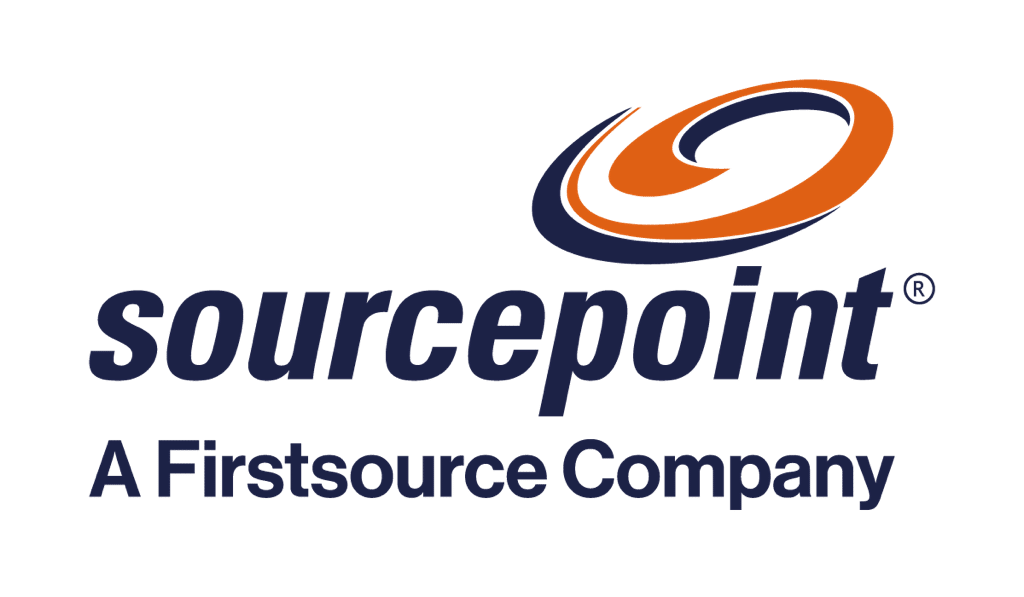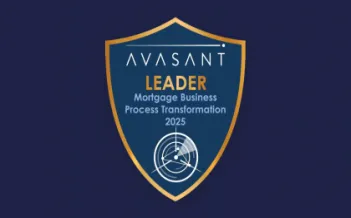The US mortgage landscape is undergoing one of the most transformative changes in history. The 2008 sub-prime crisis prompted regulators to hit the reset button on compliance and introduce sweeping regulatory reforms aimed at protecting borrower interests – a process that continues today. Regulatory mandates such as Dodd-Frank (even with some regulations rolled back earlier this year), Know Before You Owe (KBYO), TILA/RESPA disclosures, HMDA, and UDAAP place significant rules on lenders. The stringent requirements not only increase costs but also induce delays in the lending cycle at a time when savvy customers demand a simple and frictionless process.
The conundrum facing lenders today is how to effectively balance the growing demands for compliance with the need to drive greater profitability and exceptional customer experience? The answer to this lies in creating a holistic compliance management system (CMS) - one that combines the domain expertise of skilled resources with digitization and automation, process reengineering, and advanced analytics.
Digitization and automation are critical to efficient monitoring and in-depth coverage
The ability to leverage data and adhere to set procedures is fundamental to ensuring tight compliance. Building a robust CMS must therefore begin with digitizing data collection and using intelligent workflow technologies to enable partial or full workflow automation. Workflow engines can verify tasks and user authority, and validate business rules to successfully execute routine tasks - such as routing documents, securing approvals, scheduling, and generating reports - with minimal or no human intervention. They can also identify gaps and generate automated alerts if something is missing or needs remediation.At the same time, modern technologies such as Robotic Process Automation (RPA), Optical Character Recognition (OCR), and Intelligent Character Recognition (ICR) can introduce unbeatable efficiencies in the compliance management process. They reduce the need for human intervention and confer accuracy, consistency, and agility on the enterprise. Built-in auditability and control checkpoints in an RPA-based solution help ensure higher first-time right transactions, eliminating the need for secondary reviews. What’s more, an automated environment can support 100% reviews as opposed to manual, sample-based reviews to further enhance compliance.
Re-engineering compliance processes leads to better risk management and ROI
In addition to using workflow and automation technologies, building a robust CMS requires a fresh approach to the way compliance processes are structured and managed. Radically re-engineering processes before investing in automation and digitization can generate potentially larger payoffs from such investments. Process re-engineering involves measuring existing processes and understanding which ones need to be improved, optimizing process through structural enhancements, creating specialized processes where needed, and ensuring mature process documentation.Data-driven monitoring is key to smarter decision making and reporting
Lenders have significant amounts of data available that can facilitate compliance risk identification and remediation. Rather than waiting to identify compliance issues through periodic audits, automated compliance monitoring empowers lenders to proactively detect and analyze potential problems – before they materialize into dire issues. Analytics can play a major role in enhancing risk mitigation and compliance in a variety of ways: enable evaluation of larger samples, drive better decision making using risk models, enhance data reporting to meet regulatory standards, and identify systemic risk factors to deploy remediation efforts.Far from resulting in higher costs or sub-optimal lending processes, compliance actually presents an opportunity to drive innovation and competitive advantage. However, making the most of the opportunity demands a combination of compliance and technology expertise. An experienced mortgage solutions provider can bring to the table relevant expertise to help lenders create a custom CMS that not only improves business outcomes but also wins consumer and regulator trust.




